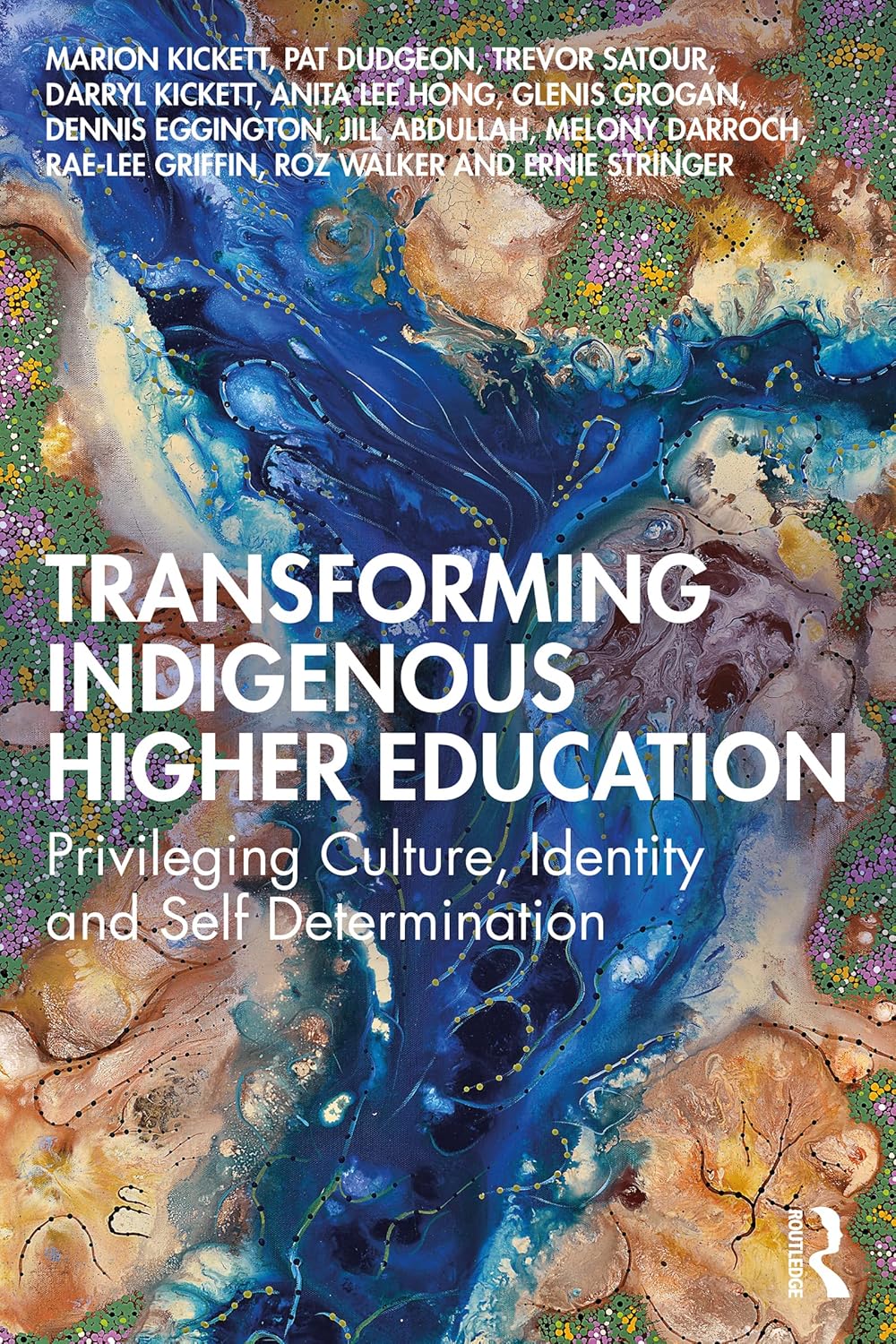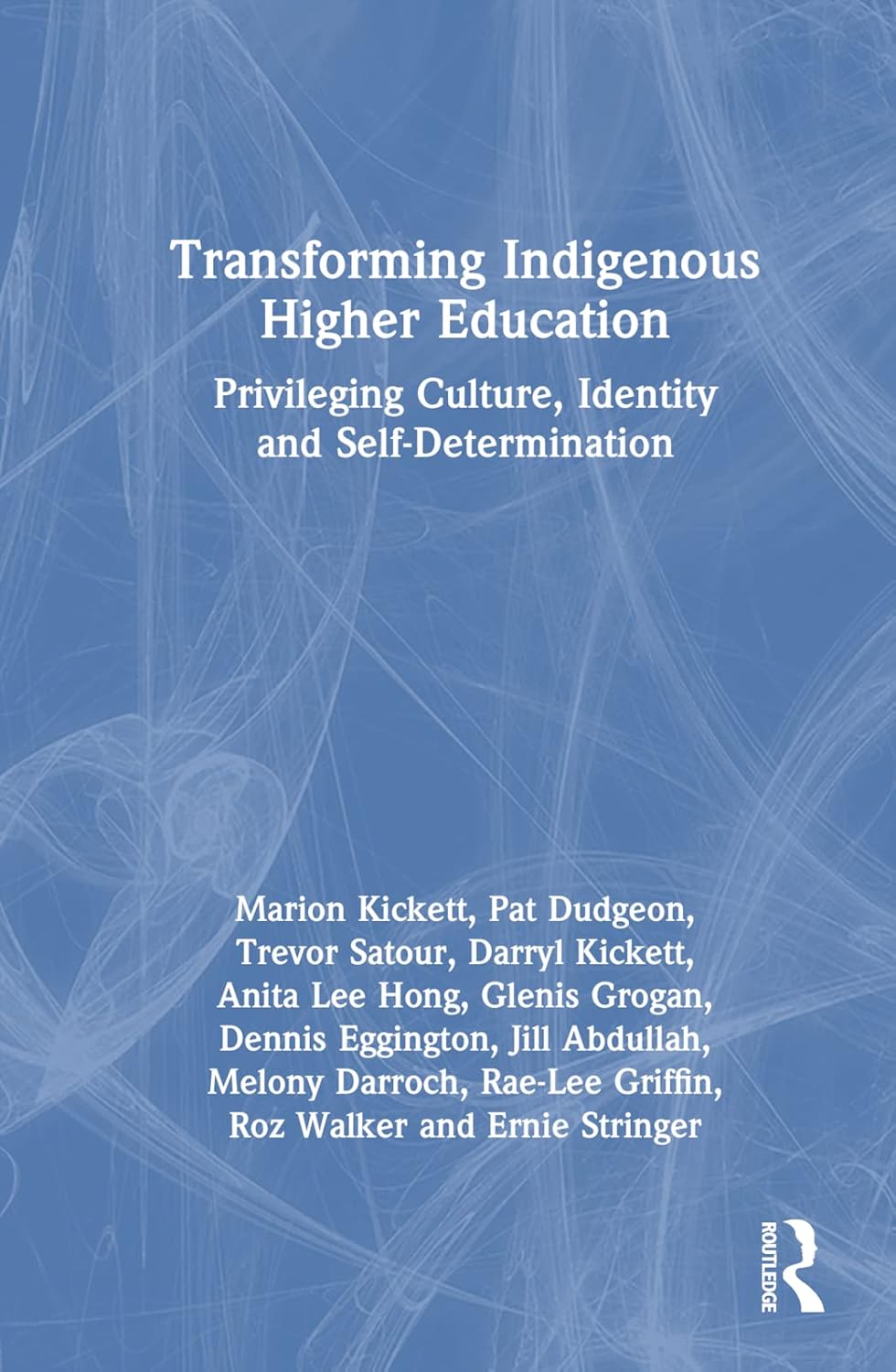
Guardians of Knowledge: How Indigenous Higher Education Institutions are Reshaping Cultural Preservation
For centuries, Indigenous cultures worldwide have faced an existential threat. The relentless tide of colonialism, marked by forced assimilation, land dispossession, and the suppression of languages and traditions, has pushed countless Indigenous knowledge systems to the brink of extinction. Yet, in the face of this historical trauma, a powerful and transformative movement has emerged: Indigenous Higher Education Institutions (IHEIs). These institutions, born from a profound need for self-determination and cultural revitalization, are not merely academic establishments; they are beacons of resilience, serving as vital custodians of ancestral wisdom and dynamic engines of cultural preservation.
The journey of Indigenous peoples through the educational landscape has been fraught with pain. Colonial education systems, often weaponized as tools of assimilation, sought to "kill the Indian to save the man," systematically stripping generations of their identity, language, and connection to their heritage. Residential schools, boarding schools, and mainstream institutions often ignored or actively denigrated Indigenous knowledge, creating a deep chasm between traditional ways of knowing and formal learning. The consequences have been devastating: a dramatic decline in Indigenous language speakers, the erosion of unique ceremonial practices, and a loss of traditional ecological knowledge essential for sustainable living.
It is against this backdrop of historical injustice that IHEIs have risen. From the Tribal Colleges and Universities (TCUs) in the United States and First Nations universities in Canada to the Māori Wānanga in Aotearoa (New Zealand) and emerging Indigenous-led initiatives in Australia and beyond, these institutions represent a radical departure from colonial educational paradigms. They are founded on Indigenous philosophies, pedagogies, and worldviews, placing Indigenous knowledge, languages, and cultures at the very heart of their curricula and operations. Their mission extends far beyond conferring degrees; it encompasses healing historical trauma, fostering identity, empowering communities, and ensuring the intergenerational transmission of cultural heritage.
One of the most critical functions of IHEIs is language revitalization. UNESCO estimates that a language dies every two weeks, with Indigenous languages disproportionately represented among the endangered. These languages are not merely communication tools; they are the vessels of unique worldviews, intricate knowledge systems, and spiritual connections to the land. IHEIs are at the forefront of reversing this trend. They offer immersive language programs, develop dictionaries and learning materials, train new generations of fluent speakers, and conduct research into linguistic preservation. For instance, institutions like the Saskatchewan Indian Institute of Technologies (SIIT) in Canada offer diploma programs in Indigenous language instruction, ensuring the continuity of Cree, Saulteaux, and Dakota languages. Similarly, many TCUs in the U.S. have dedicated departments focused on teaching and preserving tribal languages, recognizing that the health of a language is intrinsically linked to the health of a culture.
Beyond language, IHEIs are pivotal in integrating and validating Traditional Ecological Knowledge (TEK). Mainstream academia has historically dismissed TEK as anecdotal or unscientific. IHEIs, however, recognize it as a sophisticated, time-tested body of knowledge derived from generations of observation and interaction with specific ecosystems. Courses in Indigenous agriculture, land stewardship, medicinal plants, and sustainable resource management are common. Elders, who are the living repositories of this knowledge, are often integral to the faculty, serving as cultural advisors, teachers, and mentors. This approach not only preserves vital environmental wisdom but also empowers Indigenous communities to manage their lands and resources in culturally appropriate and sustainable ways, addressing contemporary challenges like climate change through an Indigenous lens.

Cultural identity and holistic well-being are also central to the IHEI model. Colonial education often fragmented knowledge, separating mind from body, and individual from community. IHEIs, conversely, embrace a holistic approach that nurtures the intellectual, emotional, spiritual, and physical dimensions of students. This often involves incorporating traditional ceremonies, art forms, storytelling, and spiritual practices into the learning environment. For many Indigenous students, attending an IHEI is a profound act of healing and reclamation. It provides a safe space where their identities are affirmed, their histories are acknowledged, and their unique ways of learning are respected. This fosters a strong sense of pride and belonging, counteracting the internalized shame often instilled by colonial systems. As Dr. Verna J. Kirkness, a prominent Cree scholar, once stated, "Education must be rooted in culture for it to be meaningful."
Community engagement and self-determination are not just ideals but operational principles for IHEIs. These institutions are deeply embedded within the communities they serve. Their research agendas are often driven by community needs, addressing issues like health disparities, economic development, and governance. They provide culturally relevant training that equips graduates with the skills to return and strengthen their own nations. This approach aligns with the principles of the United Nations Declaration on the Rights of Indigenous Peoples (UNDRIP), which affirms the right of Indigenous peoples "to establish and control their educational systems and institutions providing education in their own languages, in a manner appropriate to their cultural methods of teaching and learning."
The impact of IHEIs is tangible and far-reaching. Graduates emerge not only with academic credentials but also with a fortified cultural identity and a deep commitment to their communities. They become leaders, educators, health professionals, environmental stewards, and entrepreneurs who are equipped to navigate both Indigenous and mainstream worlds, bringing Indigenous perspectives and values to diverse fields. The success of institutions like Te Wānanga o Aotearoa in New Zealand, which offers a wide range of programs from certificate to master’s level, demonstrates how Indigenous-led education can achieve both academic excellence and profound cultural impact, serving thousands of students annually and contributing significantly to Māori cultural and economic revitalization.
Despite their successes, IHEIs face significant challenges. Funding remains a persistent hurdle, as many operate with limited resources compared to mainstream universities. Issues of accreditation, often designed for conventional institutions, can also pose barriers. Furthermore, there’s an ongoing challenge of balancing the preservation of traditional knowledge with the demands of a rapidly changing modern world, ensuring graduates are prepared for diverse career paths while remaining grounded in their cultural heritage.
Yet, the resolve of Indigenous educators and communities remains unwavering. IHEIs are more than just a response to historical injustice; they are a forward-looking vision for a more equitable and culturally rich future. They embody the profound truth that cultural preservation is not about freezing traditions in time, but about fostering living, breathing, evolving cultures that can adapt, innovate, and thrive. By nurturing Indigenous languages, validating ancestral knowledge, empowering identities, and serving as anchors for community development, Indigenous Higher Education Institutions stand as powerful guardians of knowledge, ensuring that the unique wisdom and heritage of Indigenous peoples continue to enrich humanity for generations to come. Their work is a testament to the enduring strength and resilience of Indigenous cultures, a beacon of hope illuminating the path towards self-determination and cultural flourishing.